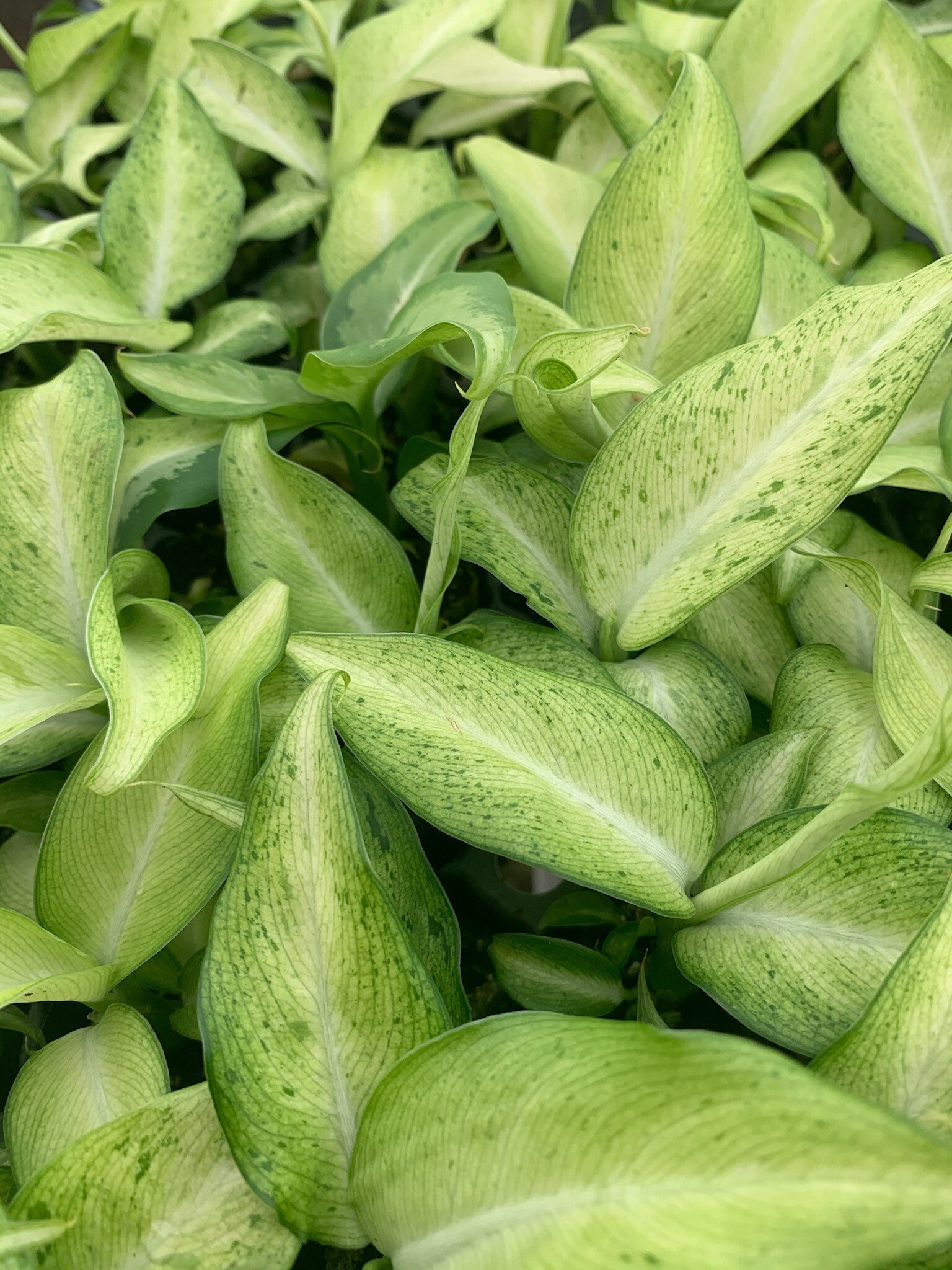

#DIEFFENBACHIA CAMOUFLAGE SKIN#
It’s best to cut the canes at a 45-degree angle just above a leaf node, making sure not to remove more than a third of the plant’s foliage.ĬAUTION: Always wear gloves when pruning a dumb cane to avoid skin contact with the plant sap. If you want a bushier plant, simply cut the canes back to the desired height and new growth will emerge below the cut. Pruning and shaping:Īs dumb canes mature, lower leaves naturally drop off to reveal thick stems, resulting in a palm-tree-like appearance. Feed less often if your plant is growing in low light. In March through September, fertilize every two weeks using a liquid houseplant fertilizer diluted by half. To avoid soggy soil, which can lead to root rot, make sure there are sufficient drainage holes in the bottom of the pot so your plant will drain completely after watering. Water regularly spring through fall, allowing the soil to dry to a depth of 1 inch between watering. Photo by: New Africa / Shutterstock Watering: Use a well-draining potting mix that has good moisture retention. In drier areas of the home, you can keep your plants hydrated by misting the leaves, setting them on a tray filled with pebbles and water, or grouping your dieffenbachia with other houseplants. Like most tropical houseplants, dieffenbachias prefer moderate to high humidity. Keep away from cold drafts and temperatures below 55° F.

Prefers average room temperatures of 65° to 75° F. Otherwise, it tends to lean towards the light source. TIP: To ensure even growth, rotate your dieffenbachia regularly so it receives light from all sides. Avoid direct sunlight, which can scorch the leaves and cause the colors to fade. Most plants will also do fine in darker areas of the home, but they won’t grow as vigorously and may become spindly. Photo by: Bogdan Sonjachnyi / Shutterstock Light:ĭieffenbachia tolerates a wide range of light conditions, but grows best in bright, indirect light, such as from an east- or west-facing window.


 0 kommentar(er)
0 kommentar(er)
